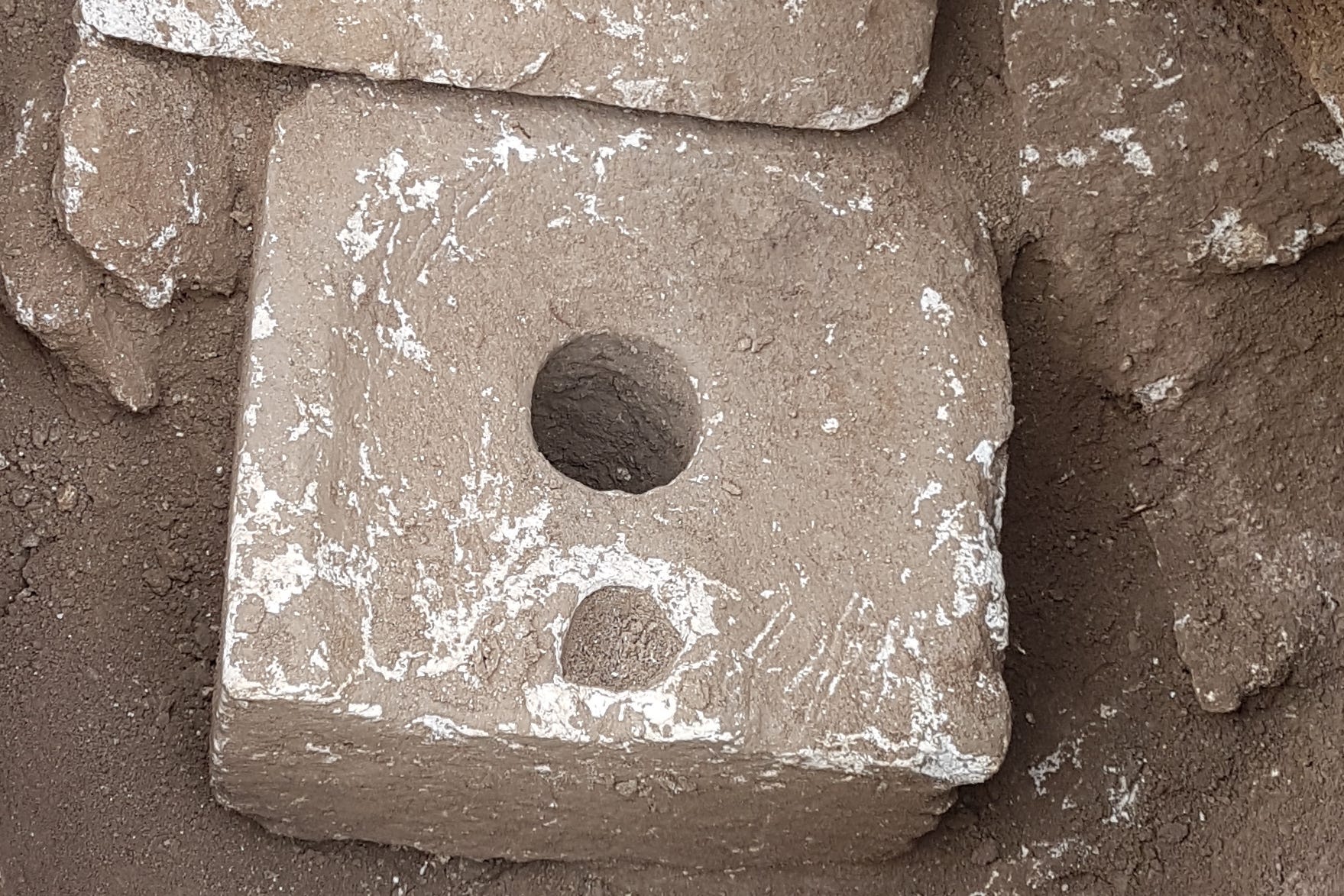Early toilets reveal dysentery in Old Testament Jerusalem – study
The findings are the oldest example of this diarrhoea-causing parasite infecting humans anywhere on the planet, researchers suggest.

Your support helps us to tell the story
From reproductive rights to climate change to Big Tech, The Independent is on the ground when the story is developing. Whether it's investigating the financials of Elon Musk's pro-Trump PAC or producing our latest documentary, 'The A Word', which shines a light on the American women fighting for reproductive rights, we know how important it is to parse out the facts from the messaging.
At such a critical moment in US history, we need reporters on the ground. Your donation allows us to keep sending journalists to speak to both sides of the story.
The Independent is trusted by Americans across the entire political spectrum. And unlike many other quality news outlets, we choose not to lock Americans out of our reporting and analysis with paywalls. We believe quality journalism should be available to everyone, paid for by those who can afford it.
Your support makes all the difference.Analysis of ancient faeces taken from two toilets reveals dysentery in Old Testament Jerusalem.
Examination of the latrines dating back to the biblical Kingdom of Judah uncovered traces of a single-celled microorganism Giardia duodenalis – a common cause of debilitating diarrhoea in humans.
The findings are the oldest example of this diarrhoea-causing parasite infecting humans anywhere on the planet, the researchers lead by the University of Cambridge said.
The fact that these parasites were present in sediment from two Iron Age Jerusalem cesspits suggests that dysentery was endemic in the Kingdom of Judah
Both toilets had carved stone seats almost identical in design – a shallow curved surface for sitting, with a large central hole for defecation and an adjacent hole at the front for male urination.
Study lead author Dr Piers Mitchell from Cambridge’s Department of Archaeology, said: “The fact that these parasites were present in sediment from two Iron Age Jerusalem cesspits suggests that dysentery was endemic in the Kingdom of Judah.”
He added: “Dysentery is a term that describes intestinal infectious diseases caused by parasites and bacteria that trigger diarrhoea, abdominal cramps, fever and dehydration.
“It can be fatal, particularly for young children.
“Dysentery is spread by faeces contaminating drinking water or food, and we suspected it could have been a big problem in early cities of the ancient Near East due to over-crowding, heat and flies, and limited water available in the summer.”
The samples came from the sediment underneath toilets found in two building complexes excavated to the south of the Old City.
They date back to the 7th century BCE when Jerusalem was a capital of Judah.
Toilets with cesspits from this time are relatively rare and were usually made only for the elite
According to the experts, at the time Jerusalem would have been a flourishing political and religious hub estimated to have had between 8,000 and 25,000 residents.
Dr Mitchell said: “Toilets with cesspits from this time are relatively rare and were usually made only for the elite.”
One of the toilets was from a lavishly decorated estate at Armon ha-Natziv, surrounded by an ornamental garden.
The researchers suggest the site, excavated in 2019, probably dates from the days of King Manasseh, a client king for the Assyrians who ruled for 50 years in the mid-7th century.
While the site of the other toilet, known as the House of Ahiel, was a domestic building made up of seven rooms that was home to an upper-class family at the time.
Although its construction date is hard to pin down, some place it around the 8th century BCE.
Researchers feel more confident in dating its destruction, saying this happened in 586 BCE, when Babylonian ruler Nebuchadnezzar II brutally sacked Jerusalem for a second time, bringing to an end the Kingdom of Judah.
The researchers suggest ancient medical texts from Mesopotamia during the first and second millennium BCE describe diarrhoea affecting the populations of what is now the Near and Middle East.
Dr Mitchell explained: “These early written sources do not provide causes of diarrhoea, but they encourage us to apply modern techniques to investigate which pathogens might have been involved.
“We know for sure that Giardia was one of those infections responsible.”
The analysis of the two-and-a-half-thousand-year-old decomposed biblical-period faeces involved a technique called “ELISA”, in which antibodies bind onto the proteins uniquely produced by particular species of single-celled organisms.
The research, published in the Parasitology journal, was conducted through a collaboration between the University of Cambridge, Tel Aviv University, and the Israel Antiquities Authority.